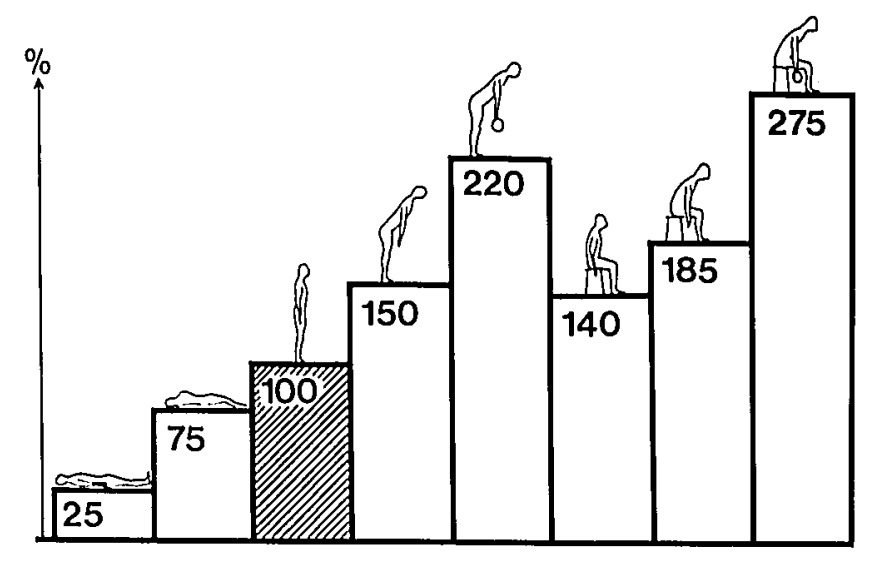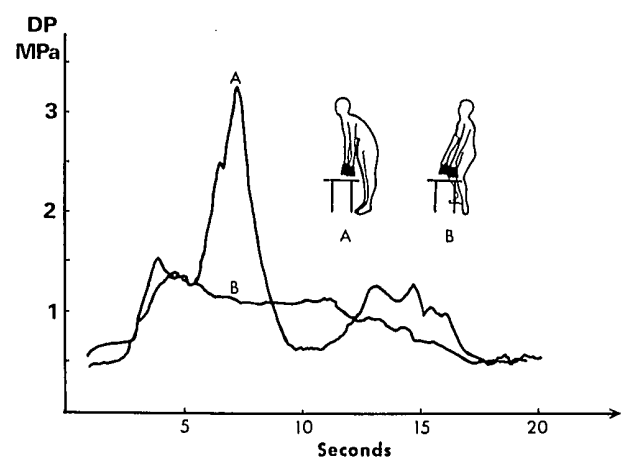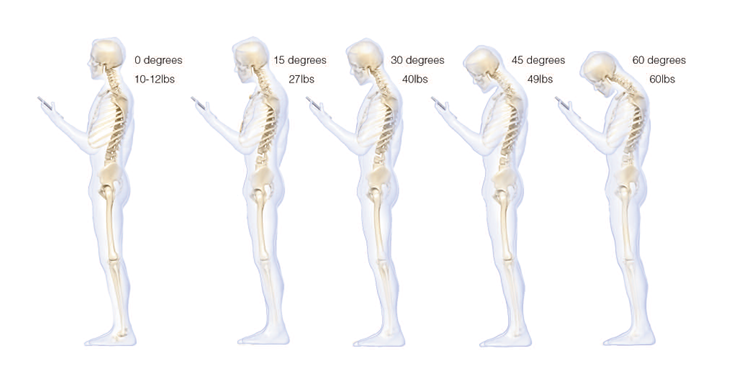Column Prevention Rather Than Intervention: Precautions to Take to Prevent Disc Herniation
August 17, 2023
Disc herniation is the most common spinal disease in the world. A herniated disc is a condition in which the annulus fibrosus of an intervertebral disc cracks, and the nucleus pulposus inside the disc protrudes outward.
The lower back and neck are particularly vulnerable to damage because they are often under strain, so lumbar and cervical disc herniations are common in these areas. Once herniated, symptoms such as pain and numbness may occur, and as the condition progresses, it can interfere with daily life, so it is important to avoid developing herniated discs.
The following section provides information on how to prevent a herniated disc.
Lumbar disc herniation
Back pain can be caused by aging discs, abnormalities in the muscles surrounding the spine, an internal organ disease, or psychogenic causes. In everyday life, poor posture or remaining in the same position for long periods of time puts a great strain on the lower back, making herniated discs in the lower back more likely to occur.
Strain exerted on the lower back
Swedish orthopedic surgeon Dr. Nachemson examined the differences in the amount of strain placed on the discs in various conditions.
The results were as follows:
Standing straight up: 100 kg
Lying on the back: 25 kg
Lying on the side: 75 kg
Standing with the upper body slightly tilted forward (in a stooping position): 150 kg
Holding an object in a stooping position: 220 kg
Sitting on a chair or the equivalent: 140 kg
Bending forward while sitting on a chair or the equivalent: 185 kg
Bending forward while sitting on a chair or the equivalent.: 275 kg

Nachemson also calculated the pressure on the intervertebral discs depending on the posture when holding a 20 kg load. When a person holds a load with straight legs and a rounded back (A in the image below), the load on the intervertebral discs is greater than when the back is straight and the knees are bent (B in the image below).

*Reference article: Nachemson, A. L. The Lumbar Spine: An Orthopaedic Challenge. Spine, 1(1), 1976.
The greater the strain on the intervertebral disc, the more likely it is to be damaged, the more likely the disc is to age, and the more likely it is to result in a lumbar disc herniation and back pain.
Things to keep in mind to avoid lumbar disc herniation
Posture and movements in daily life can easily cause lumbar disc herniation, so you should pay extra attention to the following movements on a daily basis.
● Avoid doing work in a stooping position.
● When carrying heavy objects, bend your knees instead of rounding your back.
● Improve your sitting posture, etc.
In addition, prolonged sitting or driving makes it easy to bend forward, which puts strain on the lower back, so it is better to change your posture regularly.
Not exercising much usually leads to muscle tension and muscle weakness. It is good to actively engage in moderate exercise. In that respect, walking and simple stretching are effective exercises.
However, twisting motions, movements that put stress on only one side of the body, strenuous strength training, and sports can easily strain the lower back, so please be careful when performing such movements.
Cervical disc herniation
The main cause is the natural aging of the intervertebral discs due to age and the strain of daily life. The intervertebral discs in the neck are also under constant strain. Therefore, they age quickly and are prone to cervical disc herniation.
Strain on the cervical spine
According to research by American spine specialist Kenneth Hanslage, the load on the cervical spine increases in proportion to the angle at which the neck is bent. If the neck is bent about 15 degrees, the load on the cervical spine is about 12 kg, at 30 degrees it is about 18 kg, at 45 degrees about 22 kg, and at 60 degrees about 27 kg.

*Reference article: Hansraj, K.K. Assessment of stresses in the cervical spine caused by posture and position of the head. Surgical Technology International, 25, 2014.
Precautions to take to avoid cervical disc herniation
To avoid cervical disc herniation, you need to be careful during your daily activities.
In our time and age, due to the widespread use of computers, smartphones, and other devices, the neck tends to extend forward like a crane (the so-called “crane neck”), which can cause various cervical spondylolysis-related conditions, among which cervical disc herniation.
When working on a computer or operating a smartphone, avoid prolonged use while taking care not to hunch over too much.
Lying in a prone position or lying sideways while using one’s arm as a pillow should also be avoided.
In the prone position, the cervical vertebrae become extremely twisted and distorted. When remaining in this position for long periods of time, the cervical vertebrae are continuously compressed at an unusual angle, which also contributes to strain the muscles and causes muscular tension.
lying sideways while using one’s arm as a pillow is another posture that causes imbalance in the cervical spine. Even a few minutes in this position can cause the spine to deviate from its normal alignment.
It is also important not to turn one’s neck too far back or to subject the neck to excessive impact.
When driving a car or motorcycle, sudden acceleration or braking can put a great deal of stress on the neck. When on the road, be sure to drive responsibly and safely.
Even when riding a bicycle, if you fall, the neck will be subjected to a sudden unexpected force, so adjust the saddle so that your feet can touch the ground immediately in case of danger and always ride in a safe manner.
The prevention of herniated discs is important of course, but if you are experiencing back pain or neck pain, have already been diagnosed with a herniated disc, or have previously undergone treatment for a herniated disc that has recurred, please also consider seeing us for a consultation.



